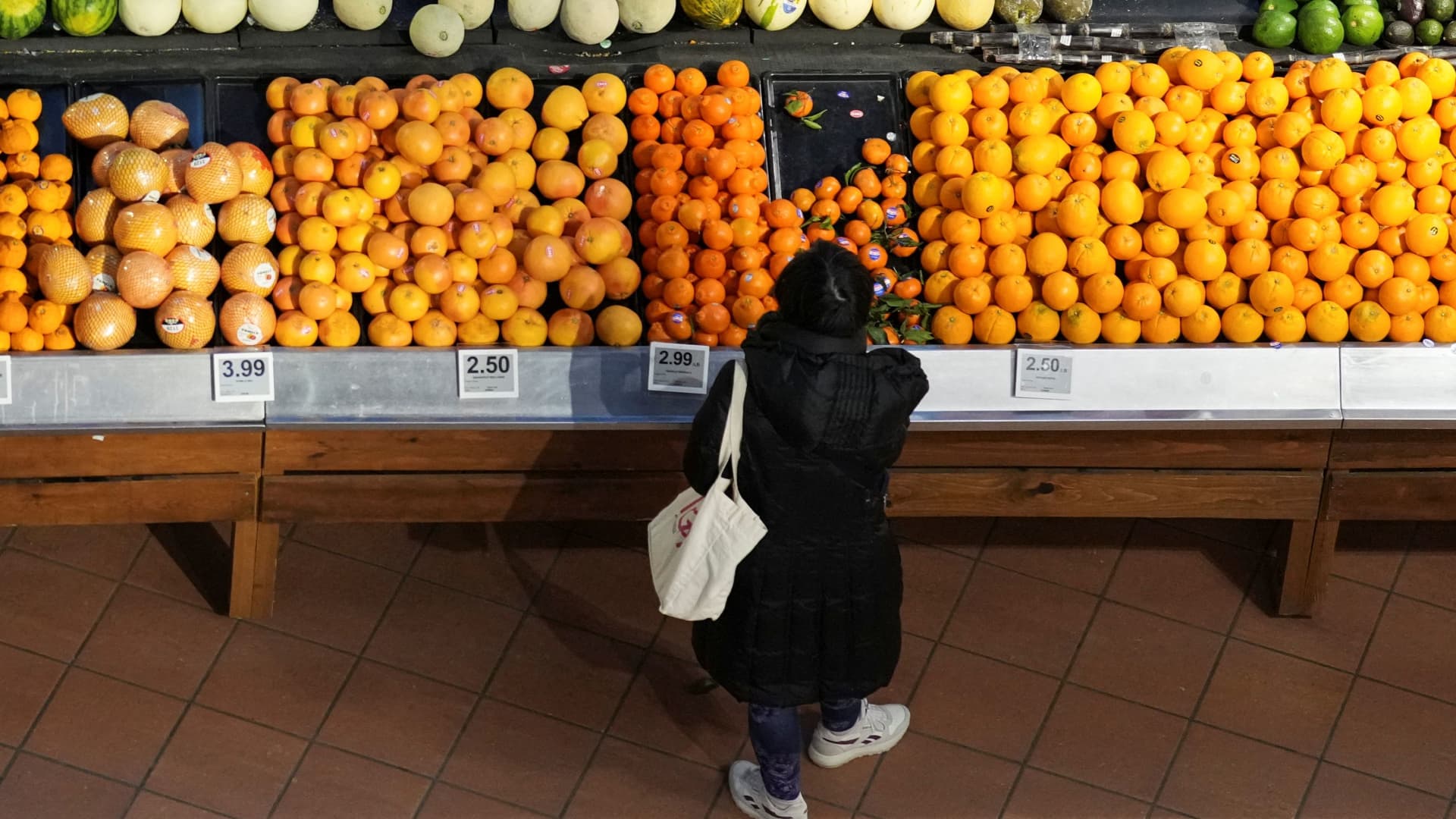Wholesale prices were flat in February providing some more welcome news for inflation amid tariff fears, the Bureau of Labor Statistics reported Thursday.
The producer price index, considered a leading indicator for pipeline inflation pressures, showed no gain for the month after jumping an upwardly revised 0.6% in January, seasonally adjusted figures showed. Economists surveyed by Dow Jones had been looking for a 0.3% increase.
Excluding food and energy, core PPI decreased 0.1%, also against an estimate for a 0.3% increase and the first negative reading since July. Core prices also excluding trade services showed a gain of 0.2%.
Stock market futures pared losses following the report while Treasury yields remained higher.
The report comes a day after the BLS reported that the consumer price index rose 0.2% for February, putting the headline inflation rate at 2.8%, a slight easing from January and some encouraging news at a time when markets are concerned over the impact that President Donald Trump’s tariffs will have on costs.
Whereas CPI measures what consumers pay at the register for goods and services, PPI is a gauge of final demand prices that producers get for their products.
Federal Reserve officials more closely rely on a Commerce Department inflation measure that will be released later this month, though PPI and CPI figures feed into that report.
On a year-over-year basis, headline producer prices increased 3.2%, well ahead of the Fed’s 2% goal though below the 3.7% pace in January. Core PPI was up 3.4% in February, down 0.4 percentage point from January.
Markets are assigning near 100% odds that the Fed again will stay on hold when it’s two-day policy meeting concludes next Wednesday.
Policymakers have said repeatedly that they are taking a cautious approach, particularly when it comes to Trump’s fiscal and trade policy. Current market expectations are for the Fed to cut rates next in June and follow up with the equivalent of two more quarter percentage point reductions before the end of the year.
A 0.2% drop in services prices offset a 0.3% increase in goods. Two-thirds of the increase in goods came due to a 53.6% surge in chicken egg prices, the BLS said. Eggs have soared in part because of avian flu that has hit supplies, though there is some evidence that prices have eased in March as outbreaks have slowed.
On the services side, more than 40% of the decline came from a 1.4% decrease in margins for machinery and vehicle wholesaling.

 Accounting1 week ago
Accounting1 week ago
 Economics1 week ago
Economics1 week ago
 Personal Finance1 week ago
Personal Finance1 week ago
 Accounting1 week ago
Accounting1 week ago
 Finance1 week ago
Finance1 week ago
 Economics1 week ago
Economics1 week ago
 Economics1 week ago
Economics1 week ago
 Economics1 week ago
Economics1 week ago























